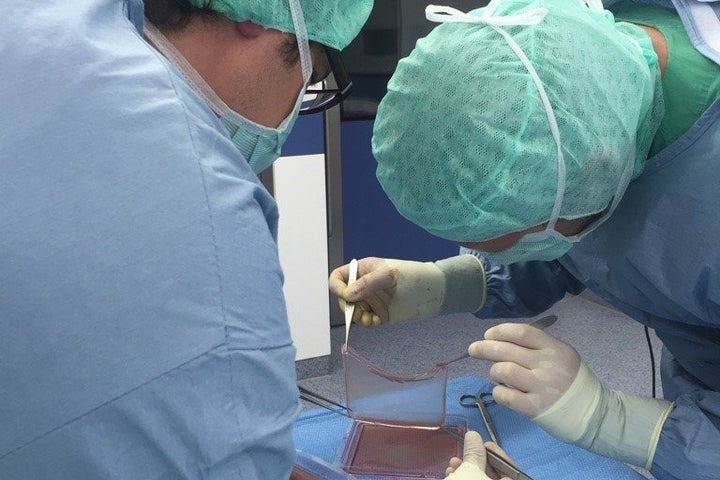In a world first scientists have used stem cells to successfully give a seven-year-old boy new skin all over his body, after a genetic condition left him with 80% of his epidermis destroyed.
The “experimental” gene therapy was the last resort after all other options had failed for Hassan, who suffers from epidermolysis bullosa, otherwise known as a ‘butterfly child’ because of the fragile and delicate nature of their skin.
The procedure, which undoubtedly saved his life, marks a step forward for potential research into treatment of large-scale skin problems, say researchers.

Epidermolysis Bullosa is a genetic condition caused by a defect in protein-forming genes that are essential for skin regeneration, and is considered to be incurable.
Even minor stresses to the surface of the skin skin can result in blisters, wounds and skin loss with scar formation and, depending on how severe the disease is, internal organs may be affected too.
Needless to say, epidermolysis bullosa significantly reduces a patient’s quality of life. Hassan was suffering with severe sepsis and his body weight had dropped to just 17kg when he was admitted to hospital.

The medical team at the Ruhr-Universitat Bochum’s burn unit and Centre for Regenerative Medicine at the University of Modena worked together to test out the new therapy, which required taking stem cells from the patients and then cultivating live skin grafts, which were genetically modified to remove the condition.
Grown in petri dishes in a clean room laboratory, the 0.94 metres of epidermis were then transplanted back onto Hassan’s body in October 2015, covering his arms, legs, entire back, flanks, stomach, neck and face.
A period of four months inpatient recovery then followed, and Hassan was discharged in February 2016, the team said: “Transplanting 80% of the skin and providing intensive medical care to the patient over a period of eight months was extremely challenging.”
Almost two years later, Hassan is able to attend school again and partake in his family life and have a social life.
Researchers Tobias Rothoeft and Tobias Hirsch said: “The close collaboration between the departments in Bochum and the University of Modena’s expertise have been the key to success. This makes us very proud.”

